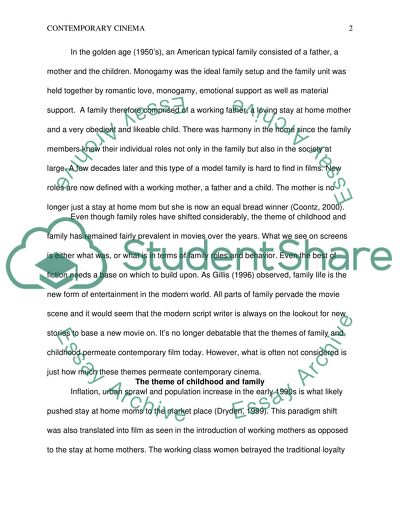Cite this document
(The Increasing Cases of Adoption in the Modern USA Families Essay Example | Topics and Well Written Essays - 3000 words - 1, n.d.)
The Increasing Cases of Adoption in the Modern USA Families Essay Example | Topics and Well Written Essays - 3000 words - 1. https://studentshare.org/visual-arts-film-studies/1682715-the-increasing-cases-of-adoption-in-the-modern-usa-families
The Increasing Cases of Adoption in the Modern USA Families Essay Example | Topics and Well Written Essays - 3000 words - 1. https://studentshare.org/visual-arts-film-studies/1682715-the-increasing-cases-of-adoption-in-the-modern-usa-families
(The Increasing Cases of Adoption in the Modern USA Families Essay Example | Topics and Well Written Essays - 3000 Words - 1)
The Increasing Cases of Adoption in the Modern USA Families Essay Example | Topics and Well Written Essays - 3000 Words - 1. https://studentshare.org/visual-arts-film-studies/1682715-the-increasing-cases-of-adoption-in-the-modern-usa-families.
The Increasing Cases of Adoption in the Modern USA Families Essay Example | Topics and Well Written Essays - 3000 Words - 1. https://studentshare.org/visual-arts-film-studies/1682715-the-increasing-cases-of-adoption-in-the-modern-usa-families.
“The Increasing Cases of Adoption in the Modern USA Families Essay Example | Topics and Well Written Essays - 3000 Words - 1”. https://studentshare.org/visual-arts-film-studies/1682715-the-increasing-cases-of-adoption-in-the-modern-usa-families.


